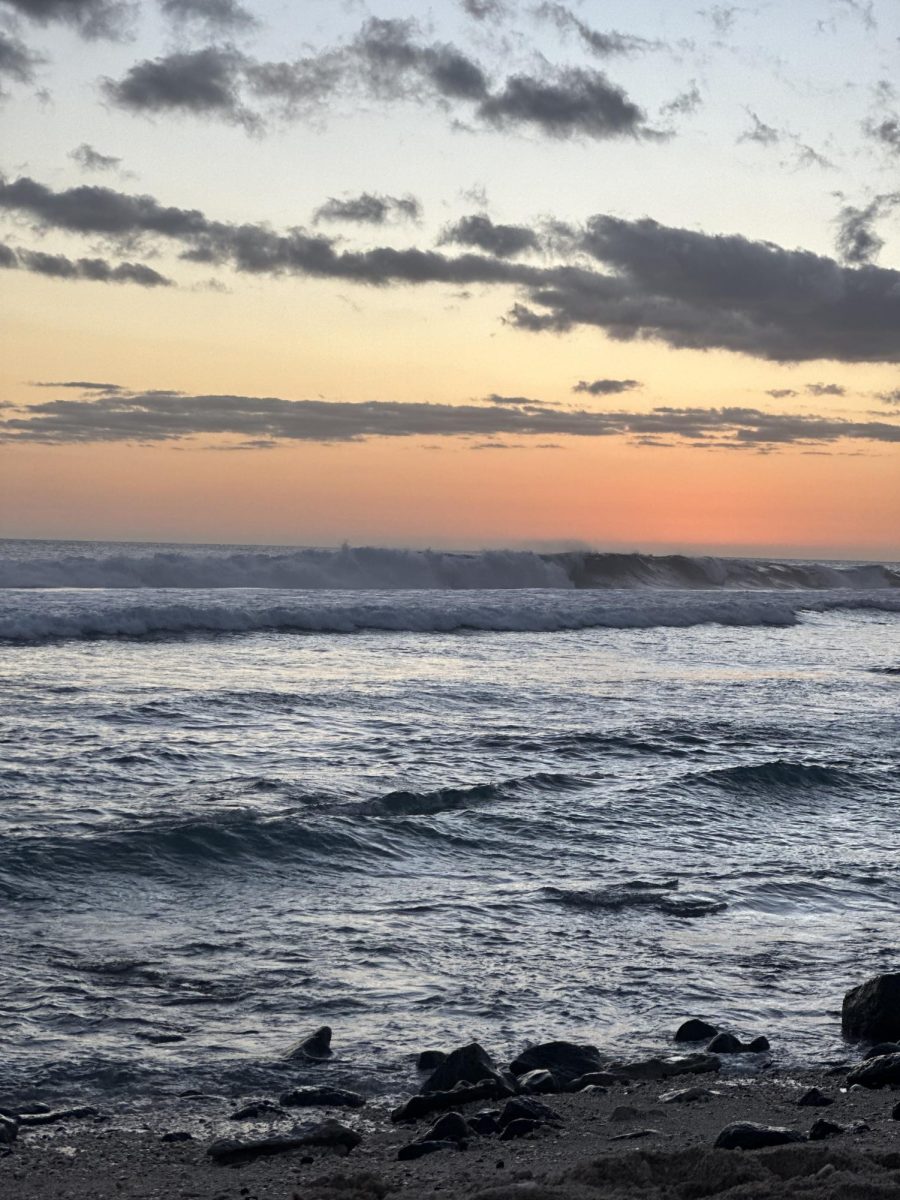Keystone Pipeline Approved
March 29, 2017
The U.S. State Department approved Friday to continue the construction of the controversial Keystone pipeline, an oil pipeline that would run through Canada and the United States. Under Secretary of State Tom Shannon signed a presidential permit to TransCanada that approved this project, as reported by The Huffington Post.
The Keystone pipeline would span nearly “1,200 miles across six U.S. states, moving more than 800,000 barrels of carbon-heavy petroleum daily from Canadian oil sands through Nebraska to refineries in the Gulf Coast,” as detailed by CNN Politics.
In late 2016, thousands of Native Americans protested the Keystone pipeline in North Dakota. The Standing Rock Sioux, a Native American tribe, claimed that an oil spill caused by this pipeline would lead to the permanent contamination of its water supply, and it would destroy “sacred sites where many of their ancestors are buried” (NBC News).
In early August, a delegation of young people in the tribe ran 1,800 miles from Standing Rock to Washington, D.C. to collect 140,000 signatures by citizens opposed to the pipeline, according to InsideClimate News.
In November 2015, the Obama administration rejected the Keystone pipeline. “America is now a global leader when it comes to taking serious action to fight climate change,” Obama said, “and frankly, approving this project would have undercut that leadership.”
During the 2016 presidential election, President Trump expressed support for this project because it would create jobs, and he criticized Obama’s rejection of it.
“If I am elected President I will immediately approve the Keystone XL pipeline,” he tweeted. “No impact on environment & lots of jobs for U.S.”
However, a State Department report concluded that while the pipeline would create 3,900 temporary jobs, it would only create 35 permanent jobs.
During Trump’s first days in office, he signed an executive action that gave the State Department 60 days to issue a statement on the Keystone pipeline. Then, on Friday, the State Department gave TransCanada a permit to continue the construction of the pipeline, which goes against what many environmentalists suggested.
“TransCanada will finally be allowed to complete this long overdue project with efficiency and with speed,” Trump said, according to White House reports. “The fact is that this $8 billion in investment in American energy was delayed for so long demonstrates how our government has too often failed its citizens and companies over the past long period of time.”
Environmentalists argue that the pipeline could endanger many animals and their habitats. Furthermore, the construction of the pipeline could cause more greenhouse gasses to be released, as described by the EPA. The Standing Rock Sioux tribe also fears for their water source and sacred land. According to Dave Archambault II, Chairman of Standing Rock Sioux, “Once again, the treaty lands of the Great Sioux Nation are threatened by Keystone—a perilous pipeline. President Trump has described the proposed pipeline as ‘the greatest technology known to man or woman.’ If that is the case, then I would encourage him to do some research and look at the number of oil spills we’ve experienced throughout this country, the levels of water pollution, and the science behind climate change. This is not the way of the future,”
“We opposed Keystone before, and we’ll oppose it again,” Archambault continued.
He hopes that people will continue to stand with Standing Rock Sioux on this issue in order to prevent environmental disasters.




























